History
Past, present and future creating records for posterity
‘First and foremost, the great majority of English villages are there because a thousand to fifteen hundred years, the site on which they stand made them particularly suitable for occupation by farming settlers.’ Chinnor is a spring line settlement at the foot of the Chilterns. The name may have originally have meant the ora or slope of a man called Ceonna and the name has been subsequently spelt Chennore then Chynor. It lies along the Icknield Way the oldest road in Britain yielding Saxon and Roman artefacts.
Domesday Book (/ˈduːmzdeɪ/) – the Middle English spelling of "Doomsday Book" – is a manuscript record of the "Great Survey" of much of England and parts of Wales completed in 1086 by order of William I, known as William the Conqueror. Domesday has long been associated with the Latin phrase Domus Dei, meaning "House of God". The manuscript is also known by the Latin name Liber de Wintonia, meaning "Book of Winchester". The Anglo-Saxon Chronicle states that in 1085 the king sent his agents to survey every shire in England, to list his holdings and calculate the dues owed to him. Chinnor and the Doomsday Book
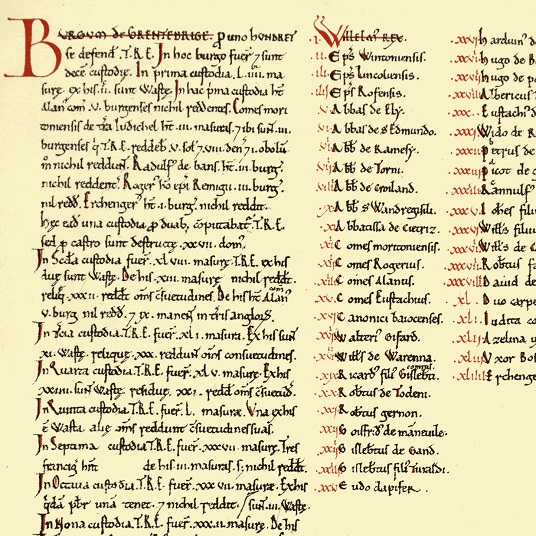
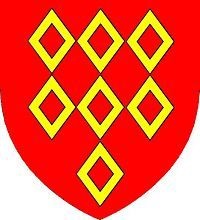
Heraldry of Roger de Quincy
In 1203 Chinnor and the neighbouringmanor of Sydenham were granted to Saerde Quincy, who in 1207 was created 1st Earl of Winchester. However, in 1215 the Earl took part in the Baronial revolt against King John and his lands were confiscated. In 1216 all of the Earl's lands were supposed to have been restored to him, but Chinnor was granted to Walter de Vernon's grandson Hugh de la Mere in exchange for two palfrey horses and a term of service at Wallingford Castle. However, after the first Earl died in 1219 his son Roger de Quincy, 2nd Earl of Winchester successfully sued for possession of Chinnor and Sydenham.
The second Earl died in 1265 without a male heir. After the death of his widow, Eleanor de Ferrers, the manor of Chinnor was divided between the Earl's three daughters Ellen, Lady Zouche, Elizabeth, Countess of Buchan and Margaret, Countess of Derby. By 1279 Elizabeth's third of the manor had been transferred to Margaret. This made the de Ferrers family feudal overlords of two-thirds of Chinnor, which they retained until after 1517 when Walter Devereux,10th Baron Ferrers of Chartley sold Chinnor to an Alderman of the City of London, Sir Stephen Jennings.
Jennings immediately re-sold Chinnor to Richard Fermor of Easton Neston, Northamptonshire. In 1607 Fermor's grandson Sir George Fermor and great-grandson Sir Hatton Fermor sold Chinnor to Sir John Dormer, MP for Aylesbury. In 1667, Sir John's grandson Robert Dormer, also MP for Aylesbury, bought the Zouchemanor that had been separate since the 13th century.
In 1739 Robert's grandson Lt. Gen. James Dormer, a member of the Kit-Cat Club, sold Chinnor to a William Huggins. In 1761 Huggins left Chinnor to his daughter Jane and son-in-law Rev. James Musgrave, grandson of Sir Richard Musgrave, 2nd Baronet, of Hayton Castle. Chinnor remained in the family of the Musgrave Baronets until the death of Sir William Augustus Musgrave, 10th Baronet in 1875, when it passed to his brother-in-law Aubrey WenmanWykeham, who took the name Wykeham-Musgrave. By then very little of the original lands remained with the manor. His son WenmanAubrey Wykeham-Musgrave inherited both Chinnor and Thame Park but in 1917 the estates were broken up and sold.
Reminisces
Read some of the lived experiences of Chinnor residents
Chinnor
Chinnor is a spring line settlement at the foot of the Chilterns., and lies within two parishes. The civil parish of Chinnor, Emmington, Wainhilland Henton, and the parochial parish of Chinnor, Kingston Blount, Aston Rowant and Sydenham all of which have contributed to Chinnors’ heritage. The name may originally have meant the oraor slope of a man called Ceonnaand the name has been subsequently spelt Chennorethen Chynor. It lies along the Icknield Way the oldest road in Britain.
The Icknield Way is a pre-Roman road. The site of an Iron Age settlement from perhaps the 4th century BC has been excavated on the Chiltern ridge in the southern part of the parish. Traces of Romano-British occupation have been found both on the same high ground and below on Icknield Way. A twin barrow on Icknield Way has been found to contain the weapons of a Saxon warrior that have been dated to the 6th century.
The Manor of Chinnor
There are records of Chinnor existing in the reign of King Edward the Confessor, when the manor was held by a Saxon royal servant called Lewin. The Domesday Book of 1086 records Lewin as still holding Chinnor, but soon after it was in the hands of a member of the Norman de Vernon family. However, in 1194 Walter de Vernon refused to help Prince John in France and all his lands were confiscated.
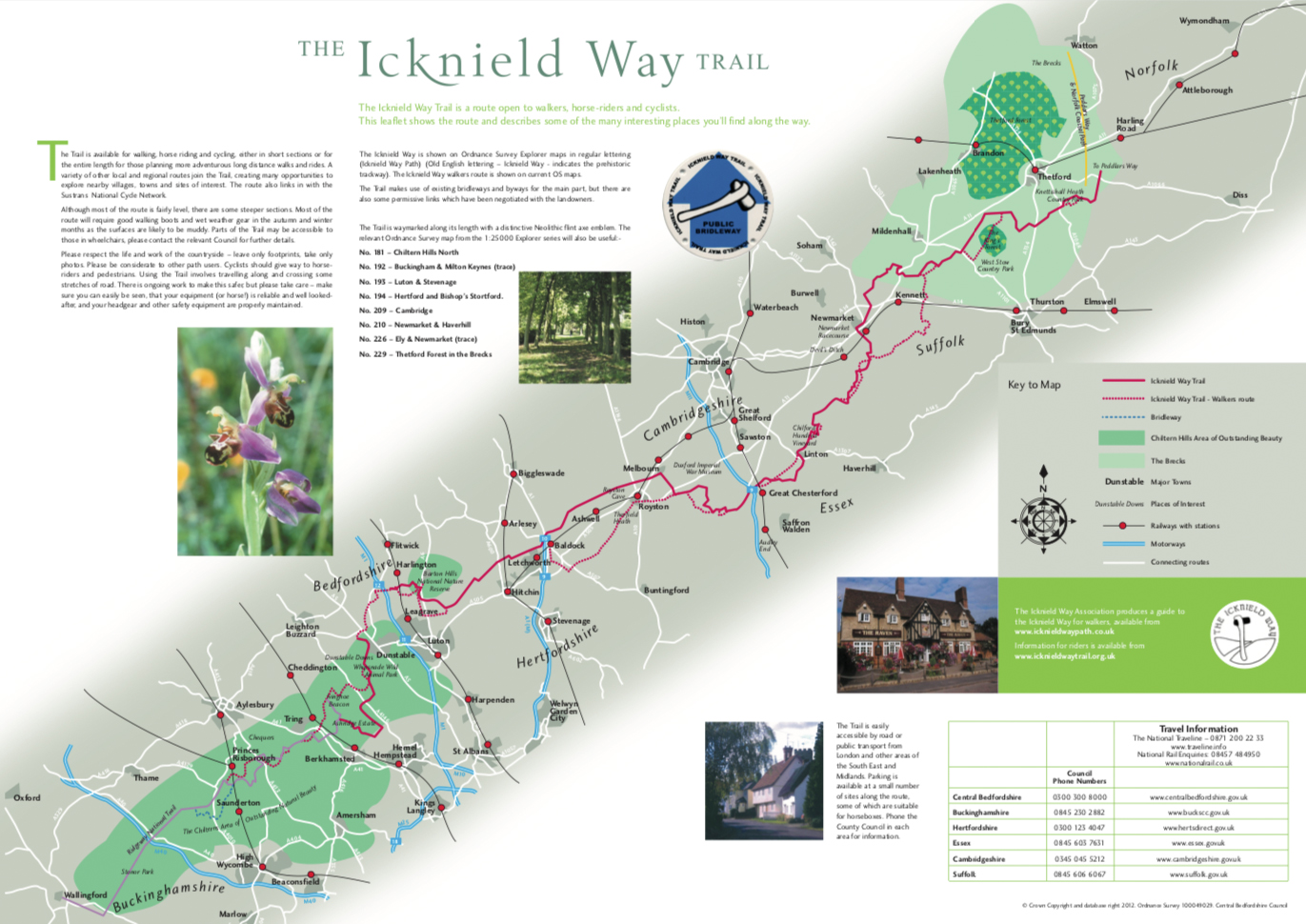
The Icknield Way
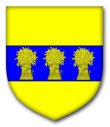
Heraldry of Walter de Vernon
Chinnor in the wars
Chinnor has survived the English Civil War, World War 1 and World War 2
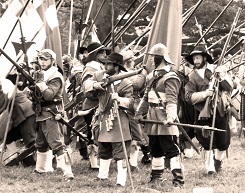
English Civil War
Tearing families, friends apart the English Civil War was brutal
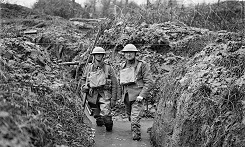
World War 1
Several Chinnor loved ones fought and died in the trenches
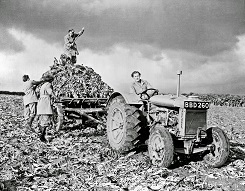
World war 2
Working on the land - The Land Army girls many from cities and towns turned their hands to working on the land. Chinnor dug for victory and played their part
Documents
History Research useful links
Chinnor Archive index
Postcard views of old Chinnor
Enclosure Map of Chinnor
The above map is based on the tithe award map (1841), the enclosure map award map (1854) and land leases in the Oxfordshire Record Office.
Links